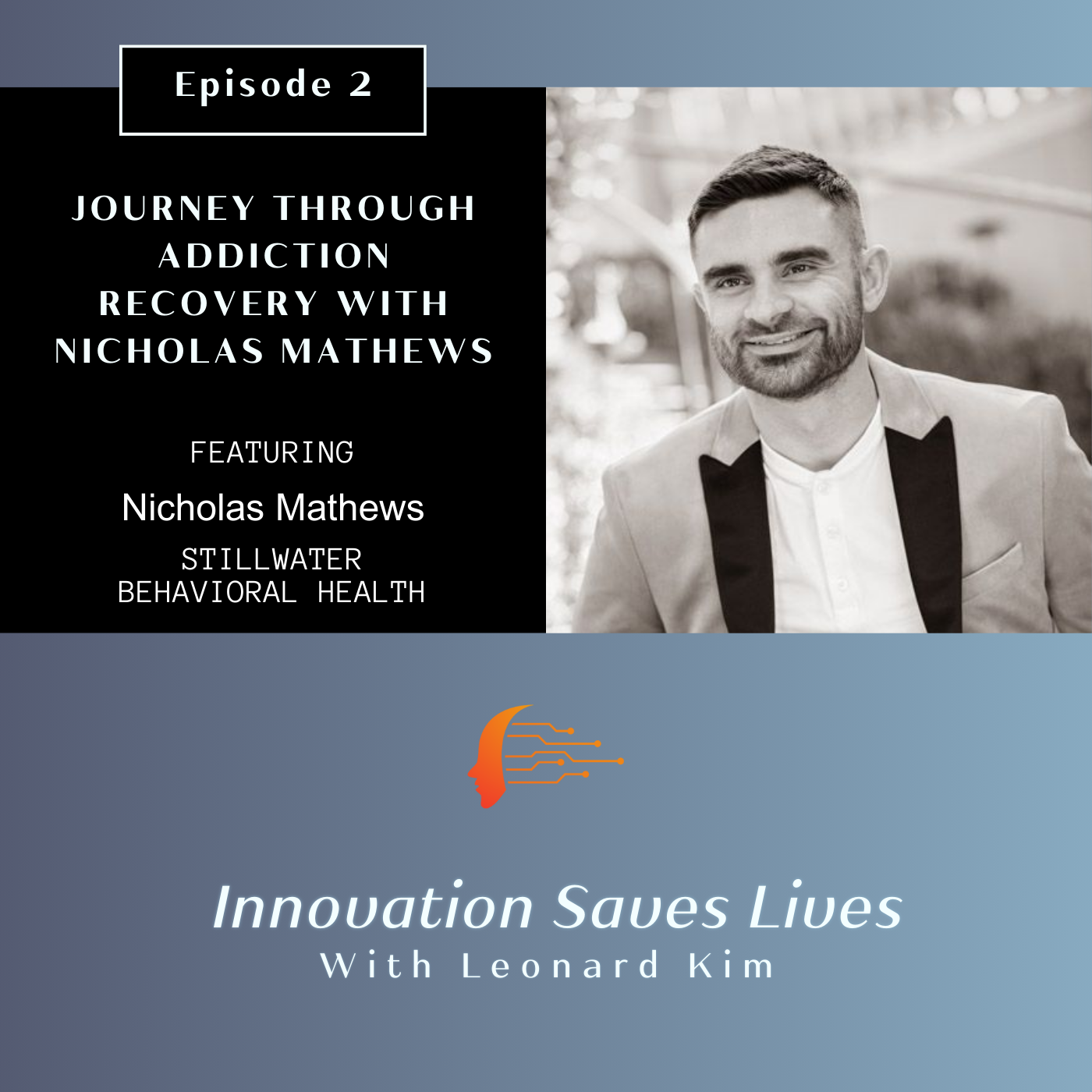g.tec medical engineering, a Brain-Computer Interface (BCI) technology company based in Austria, has announced that it has reached 100 contracts for centers featuring its groundbreaking recoveriX brain-computer interface technology, which has been shown to help improve the conditions of stroke and multiple sclerosis patients.
recoveriX, which g.tec began developing in 2014, is a treatment that uses BCI technology to electrically stimulate patients’ limbs, helping them regain function after being impaired by neurological conditions such as stroke and multiple sclerosis. It involves the patient sitting in front of a computer wearing an EEG headset that reads their brainwaves. The monitor then displays the patient’s hands in a first-person perspective or feet in a mirror perspective, and the electrodes connected to their limbs provide electrical stimulation to muscles, causing dorsiflexion of the joints. Repeated use of recoveriX has been shown to help patients recover the use of their limbs.
According to Dr. Christoph Guger, Co-Founder and CEO of g.tec medical engineering, the company has signed a total of 100 contracts for recoveriX centers across Europe. It currently has franchise partners in Austria, Slovenia, Germany, Switzerland, and the Netherlands and is planning to expand into the neighboring countries of Belgium, Denmark, France, and Italy. The technology is being used in 19 countries worldwide.
Currently, recoveriX has 44 franchise partners in Europe, with more centers in the pipeline to open within the next two to three years. Aside from gaining more dedicated recoveriX therapy centers, g.tec aims to sign agreements providing the technology to hospitals and neurorehabilitation centers, allowing patients to benefit from the treatment as early and as frequently as possible, such as in the acute phase of stroke. This further increases the chance of them making a full recovery. Being available in hospitals and neurorehabilitation centers also allows the recoveriX treatment to be covered by most countries’ social security or public health insurance schemes.
Dr. Guger says that the goal is to have a recoveriX machine within a 30-minute drive for everyone in Europe, especially since the risk of stroke is rising among people worldwide, with one out of every four people suffering a stroke in their lifetime.
For multiple sclerosis patients, the use of recoveriX has led to regaining fine motor skills, reduced spasticity, and better concentration, mental performance, bladder control, and memory. Patients also feel less fatigued, allowing them to resume more of their daily activities.
“More and more people who have a stroke or multiple sclerosis are open to trying recoveriX, because they see it works from our before and after videos that show significant improvements for patients,” Dr. Guger says. “This growing demand is also encouraging entrepreneurs to open their own recoveriX centers or bring the technology to their existing facility. Recently, we had a patient who began recoveriX six months after a stroke caused him to lose the use of his left hand. After 25 recoveriX sessions, he was able to complete the Nine-Hole Peg Test, which measures finger dexterity in people with neurological conditions. After 50 sessions, he was using both hands again in his gestures while speaking, showing how normal it became for him to use his left hand again. It seemed like he never had a stroke.”













